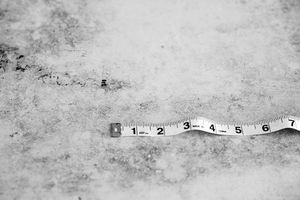Since I got into the laundry industry as a kid with my dad and uncles, there’s always been one phrase I’ve heard over and over again.
TPD. Turns per day.
I’ve heard operators, buyers, and sellers use it over and over during my lifetime in the industry, and I’ve always been of two minds about it.
So today, I’m going to do a slight dive into TPD.
What is TPD?
The IRS defines turns per day as:
The industry terminology for individual equipment usage is "cycles per day," or "turns per day (TPD)." These designations refer to the average number of times each machine is used per day. While this statistic varies widely, the average for washing machines is generally from 3 TPD to as high as 8 TPD.
Basically, TPD is the number of times the machine is used per day, often by the number of cycles it does.
The IRS estimates that the turns per day could be anywhere from 3 all the way up to 8 — and that’s what they use for auditing laundromats.
I don’t know about you, but the delta between three and eight is huge enough to drive a truck through it. Using this metric to measure a store’s performance leaves a lot of room for error.
Some Cons
There are a few other downsides to using TPD as a metric to measure your store’s performance.
Let’s say you have one store that does 7 turns per day and one store that does 5 turns per day.
All things are equal between these two: same size machines and in the same market.
The store doing 7 turns per day is charging $2 for those machines.
The store doing 5 turns per day is charging $3.75 for those machines.
Which store is making more money in this scenario?
You may look at the store doing 7 turns per day and think wow! They must be a really busy store.
Volume-wise, people are coming and going. But revenue-wise, they are making less than the store that is doing 5 turns per day AND they likely have higher expenses because they’re experiencing more wear and tear on their machines but are not generating as much revenue.
In other words, the store doing 5 turns per day is in a much healthier position.
Plus, this number can be fudged like any other number to make a buyer think it’s a valuable store to buy.
Some Pros
Now, don’t get me wrong. I don’t think TPD is all negative.
I think turns per day play a valuable role in tracking certain information in your store, such as:






